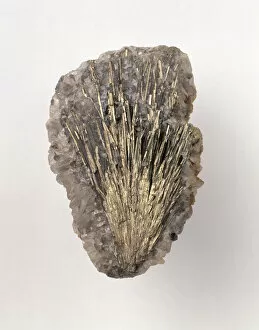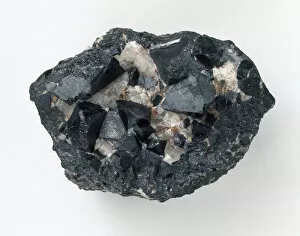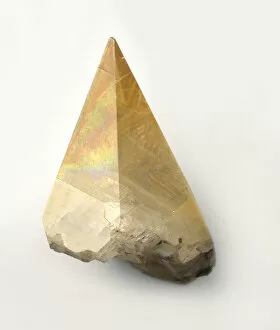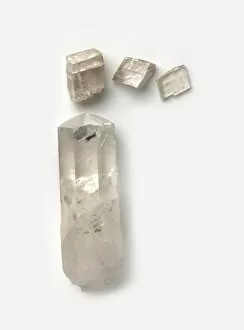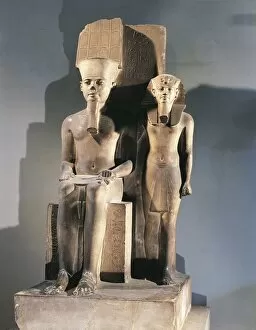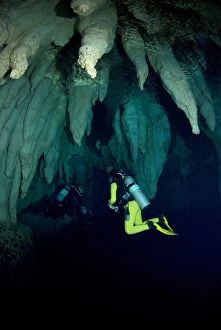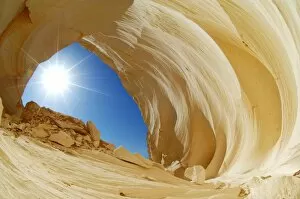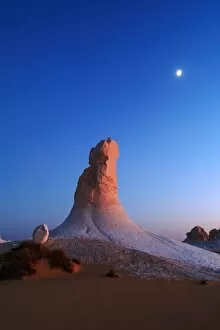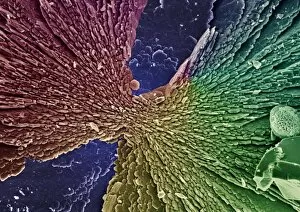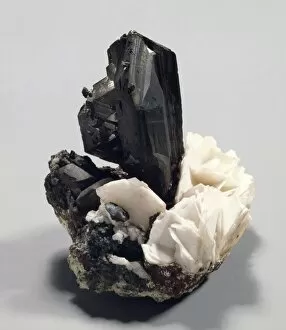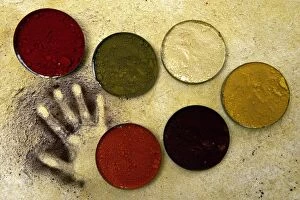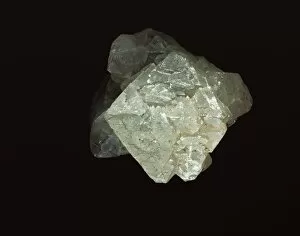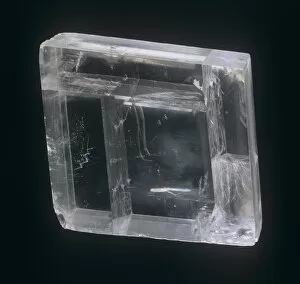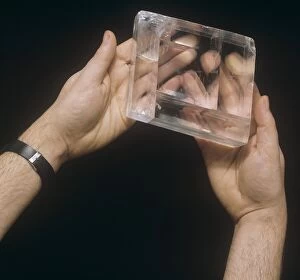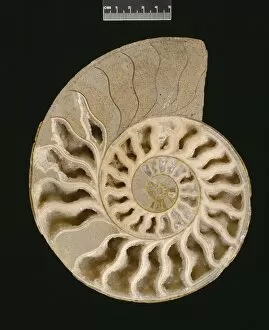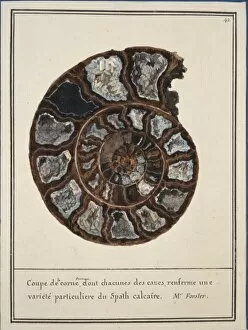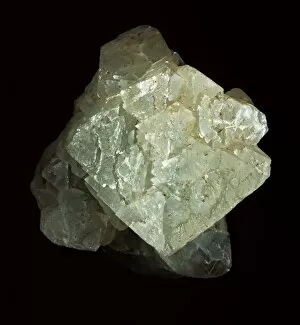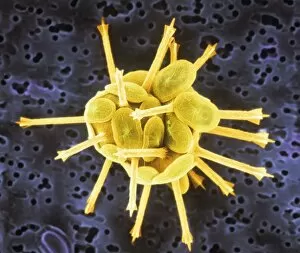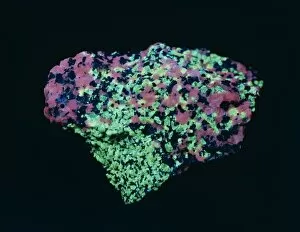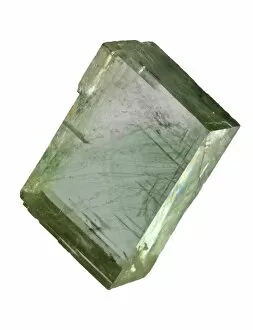Calcite Collection (#3)
Calcite, a fascinating mineral with a rich history and diverse forms, has captivated scientists and enthusiasts alike
For sale as Licensed Images
Choose your image, Select your licence and Download the media
Calcite, a fascinating mineral with a rich history and diverse forms, has captivated scientists and enthusiasts alike. Plate 1 from Histoire naturelle? (1789) showcases the intricate beauty of Discosphaera tubifera, a coccolithophore adorned with delicate calcite plates. Picture No. 11050139 transports us to the mesmerizing world of Emiliana huxleyi, another coccolith species boasting stunning calcite structures. But calcite's allure extends beyond microscopic wonders; it can be found in various macroscopic forms as well. Franklinite, an ore abundant in zinc, often accompanies this versatile mineral. Iceland spar is yet another manifestation of calcite's splendor - its transparent crystals have been used for centuries to create optical instruments. Nature never ceases to amaze us: Cave Pearls are formed when dripping water laden with calcium salts deposits layers upon layers around tiny particles. These exquisite formations resemble shimmering pearls hidden within caves' depths. Even ancient civilizations recognized the magnificence of calcite. The Statue of Amenhotep III (Neb-Maat-Ra) and Sobek stands as a testament to Egypt's reverence for this stone during c. 1390-1352 BCE. Similarly, Mesopotamia showcased their admiration through artifacts like cylinder seals made from white calcite and Baboons statues dating back to the Early Dynastic Period. Traveling further east brings us Septarian concretion or septarian nodules discovered in Morocco - geological marvels that exhibit intricate patterns created by minerals such as calcite over millions of years. Lastly, we encounter the Bactrian statuette known as La Balafre (the Scarred One), showcasing how artists sculpted this captivating material into unique representations throughout history. From its presence in marine microorganisms to its use in art and industry across cultures and time periods, there is no denying the enduring fascination with calcite.

